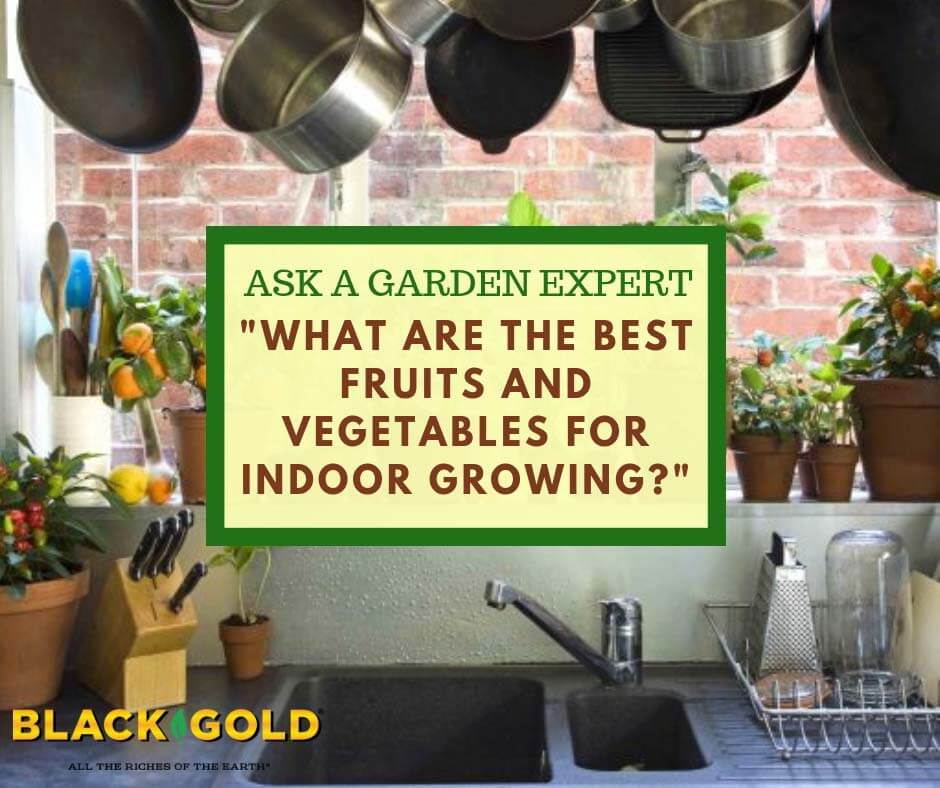“What are the best vegetables and/or fruits that I can grow indoors?” Question from Dolores of Robinsonville, Mississippi
Answer: You are in luck! We have several Sun Gro articles on these very subjects. Salad greens are the easiest veggies to grow indoors. To learn more, read our article titled, Windowsill Salad Greens for Indoor Growing (click here to read the article). You can also grow compact peppers, tomatoes, and loads of different herbs inside. Learn more about how to grow these edibles in our article, Windowsill Herbs, and Vegetables for Kitchen Gardeners (click here to read the article).
You can also try your hand at growing indoor fruit if you have enough sun for them. Dwarf citrus grows well indoors, which we detail in our article Growing Lemons, Oranges, and Other Citrus Indoors (click here to read the article). You can also grow Dwarf Tropical Fruits Indoors (click here to read the article).
The key to growing any veggies or fruits indoors is making sure they get lots of sunlight and care.
Happy indoor growing!
Jessie Keith
Black Gold Horticulturist




